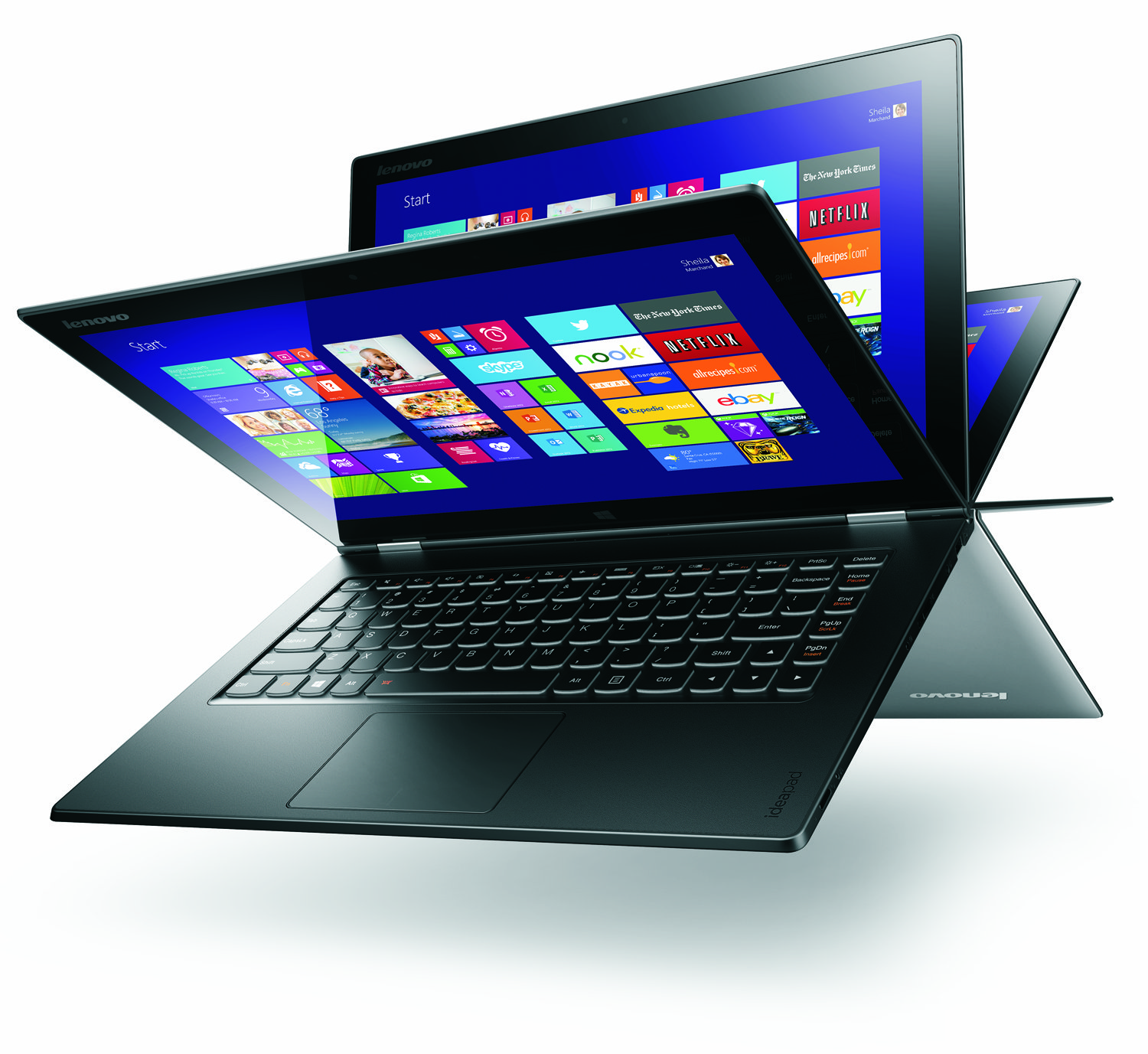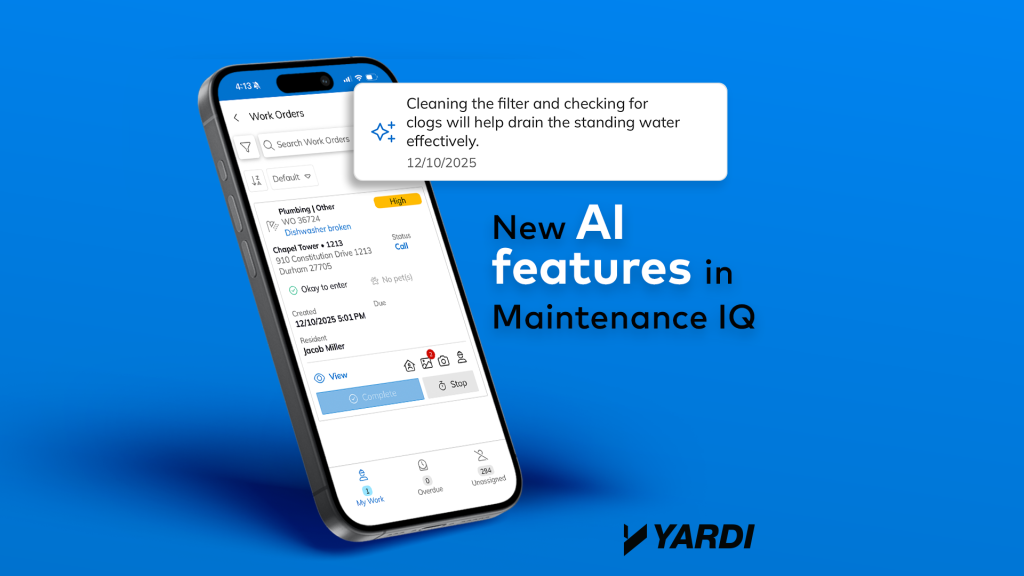By Anca Gagiuc on November 26, 2014 in Technology
Every once in a while, Microsoft and Apple reignite the classic Mac vs. PC battle through cleverly designed ads. The latest attack launches Microsoft’s latest notebook, the Lenovo Yoga 3 Pro, placed head-to-head with Apple’s famous 13-inch MacBook Air.
The ad starts by comparing the 17mm ‘thickness’ of the MacBook Air with the 13mm ‘thinness’ of the Yoga 3 Pro, continuing with a series of moves that flaunt the flexibility of the tablet, showcase the touchscreen and tent modes of Lenovo’s latest convertible, while the Air is failing to “dance” in funny comparisons. The dance performance ends with the MacBook Air declaring ‘game over’ and closing its lid.
The ad is a light sting at Apple, but it does reveal the direction the Microsoft is taking and where its marketing focus lies. Apple recently moved into the top five PC makers for the first time, thanks to an increase in Mac sales of 8.9 percent in the last quarter; that is translated into 5.52 million Mac sales over a period of three months.
Besides the amusement these ads bring, it’s hard to determine whether or not they are effective. Surface sales more than doubled in the last quarter, but there are things left unsaid in the above ad about the powerful Air, advantages that Microsoft chose to not even mention with its latest ad campaign, more precisely price and battery life, and not necessarily in this order. Price-wise, there is a 30 percent differential: Apple’s laptop starts at $999 and Lenovo’s at $1299. This $300 difference is partly because of the high-resolution touchscreen display on the Lenovo. However, Apple’s choice to use an inferior screen on the MacBook Air helps it run for 13 hours without charging, while Lenovo’s Yoga 3 Pro 5,200mAh battery holds for around 7 hours.
The world’s thinnest 2-in-1 measures 13.3 inches and weighs 1.19kg (2.6 lb.), a bit too heavy for a tablet. The main attraction of the Yoga 3 Pro is the better-than-HD display – the 3,200 x 1,800 pixels resolution is better than standard 1080p screens, yet again, more and more laptops come with true 4K displays, so the higher resolutions are not quite as special as they were a year ago.
The Yoga 3 Pro represents a clear example of design and performance falling into two different categories. The device has taken steps forward in design, but feels like it took a step back in both applications and battery life. Surprisingly, Microsoft chose design over performance. The dual-core Core M 5Y70 operates at 1.1GHz. It uses only 4.5 watts, 60 percent less than the 11.5 watts that the 1.6GHz Core i5 4300Y CPU uses. This reduction is enough for the Yoga 3 Pro to require only a small fan. The Intel Core M processor in the Yoga 3 Pro reduces main board size and thermal space requirements, but performed slower than Apple’s MacBook Air, Microsoft’s Surface Pro 3 and even last year’s Yoga 2 Pro; all mentioned devices use a more common Intel Core i5. The Graphics HD 5300 video accelerator has no dedicated graphics memory, but can grab up to 3.9GB of RAM. The $1,300 Yoga 3 Pro model comes with 8GB of RAM and 256GB SSD. The only upgrade available is 512GB of storage capacity, which means an additional $200.
The keyboard has 18.6-millimeter oval-shaped keys that are comfortable to use and backlit, even though only one light level is available. The touchpad measures 3.5 x 2.4 inches and the keyboard deck has a grippy plastic coating.
On the outside, Lenovo’s Yoga 3 Pro sports five computing profiles, thanks to the innovative watchband-style hinge. The hinge, made from 800 stainless steel parts, attaches the screen to the base at six places and makes it easy to smoothly rotate the screen 360 degrees. The system comes with one USB 2.0 and two USB 3.0 ports. A micro-HDMI port, a headphone jack and a flash card slot adorn the sides of the device. For a premier system it lacks a Trusted Platform Module (TPM), a fingerprint scanner and an Ethernet port, but comes with Bluetooth 4.0 and 802.11ac Wi-Fi.
Yoga 3 Pro comes with Windows 8.1 Pro, a 30-day trial of McAfee Live Safe and Lenovo’s Motion Control software, which enables you to advance a presentation’s slides by waving at the webcam.
If the application performance of the Intel Core M processor is not as big of a deal as most people don’t actually need all the power in the Core i5 and Core i7 processors, the battery life is more of a problem. Does it make your shopping list?


